Can you add on to your mobile home? Maybe, maybe not. If what you really want to do is build a basement, then look at our Mobile Home Basements Guide. That mobile home that looked so large when you bought it has gotten a little cramped. You’ve been thinking that you need more space, and an addition seems like the perfect solution – much cheaper than buying a new unit, and no moving day to contend with.
Since adding onto a mobile home is very different from adding to a house, there are a lot of special considerations – and some of them may mean that you won’t be able to add on in your particular case. Here’s a rundown of all the things you should factor into your decision.
DO YOU REALLY WANT TO?
First, can we talk you out of it? Additions to a mobile home are a tricky area, requiring lots of skill at the planning, engineering, and building stages, as you’re about to find out. There aren’t the simple, couple-of-spare-weekends project that TV shows can make them seem to be. You will have code requirements to be met, and park requirements if you’re not on private land. The resale of your home may be negatively affected, too. Even if you know you can build the best addition possible, a prospective buyer will probably not be knowledgeable enough to judge the quality of what you’ve built. Most people who don’t have an easy way to tell if something is good quality, or a good deal, pass it up.
If you sell your home to be moved, the resale situation gets worse. The addition must be removed or demolished, and the exterior of the home will need to be repaired, to close up extra doorways. Wiring and perhaps heating and plumbing will also need to be returned to their original configurations. All this means expenses for you, whether you do the work needed, or sell the unit “As-Is” at a lower price than a factory-spec unit would fetch. If your mobile home is under warranty, you should check the warranty to see what it says about additions. Usually, additions void the warranty, or are allowed only if “manufacturer approved”. Whatever the warranty says, don’t add on during the warranty period. Either you’ll void the warranty, or you’ll give the manufacturer an “out” on warranty claims. The may say it’s okay when you build it, but when you need $5000 worth of warranty work, they’ll find a way to blame your problem on your addition, trust us.
If you’re still interested in an addition after these hard facts, then continue reading the tips below!
DECKS, STEPS AND CARPORTS
The most successful additions are non-weatherproof additions. Decks, steps, carports, porches and sunrooms are examples. As a rule, non-weatherproof additions should not be attached to the home as it’s generally not worth the expense of putting frost line footings underneath them (more on that later). Keep decks and steps separate from the home by not attaching them.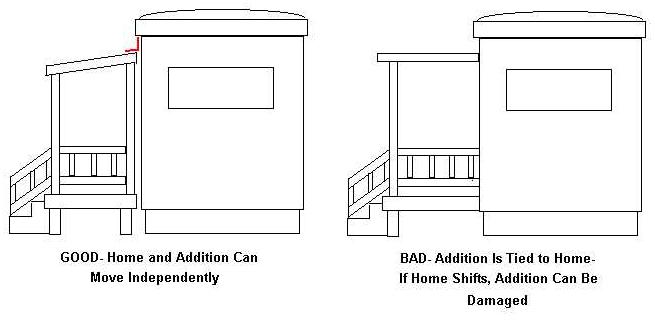
ADDITIONS
An addition is a direct extension of your living space. Examples include an extra bedroom, large porch and other attached living areas. Your home’s foundation structure will determine whether or not you can attach an addition. A manufactured home that is on simple blocks cannot have another structure fastened to it. Here’s why. The ground under the home shifts with every frost, and the ground under the addition shifts too, but at a different rate. This movement will make the addition move independently from the home, causing nightmarish problems. (See below).
A home that is on frost line footings is a better candidate for an attached addition assuming the addition is also on frost line footings. In other words, if both your home and the addition are on frost line footings, you can attach them together as the ground movement should be minimized. A frost line footing is a footing or pier sunk into the ground deep enough that they they go below the point where the ground shifts (i.e. below the frost line, see the difference between the two below).
CODES AND PLANNING
Planning a mobile home addition is tricky. You need to find out what city, country, and state codes apply. With that information in hand, you can start figuring out what you want to do. The floor plan is the first hurdle. You’ll need to find a place where a doorway can be cut through to the addition. Don’t plan on using the existing back door for access to the addition; fire codes in many localities prohibit this, unless the addition has its own door to the outside. The details are the next consideration. How will you heat the addition? Does the home’s furnace have the needed capacity? Are the existing duct runs built so they can be added to? If you’re adding plumbing, where is the best place to tap into the home’s system? Consulting an electrician, a HVAC technician, and a plumber at this point is highly recommended. Windows used in a bedroom addition should be at least as large as the ones already in the existing bedrooms. Bedroom windows in mobile homes are required to be certain sizes, to permit crawling out of them in emergencies.
Once you’ve got a floor plan that meets code, and you have figured out how to extend utilities to the addition, you have to figure out framing and roofing. The best framing system will be one that is similar to the one in the home itself, or perhaps one a little sturdier. The roof will have to be sloped away from the home. The steeper the slope, the better. The slope will make the ceiling in the addition a little low in places unless the addition itself is lower than the main floor of the home. The simplest roof structure is the best for an addition.
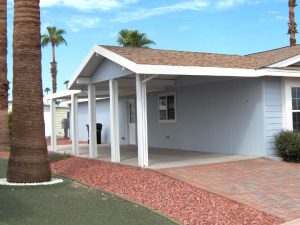
The last thing you consider in creating an addition is the “good neighbor” factor. A good-looking, well-build addition is a credit to any neighborhood. Choosing the same, or very similar siding, roofing, skirting, and windows will insure that your addition blends in well. If you can’t match existing materials in style or finish, at least match them in quality, and paint them the same color as the mobile home. And a little landscaping works wonders. Nobody loves a “home-made” looking home.
NEED MORE DETAILS?
You may decide that an addition is not for you. You may decide it’s just what you need. Now that your eyes are open to all the ins and outs of the process of building one, it’s up to you. Mr. Lloyd Wright wrote a detailed manual showing everything about building an addition. To obtain this manual or for more information, please click here.

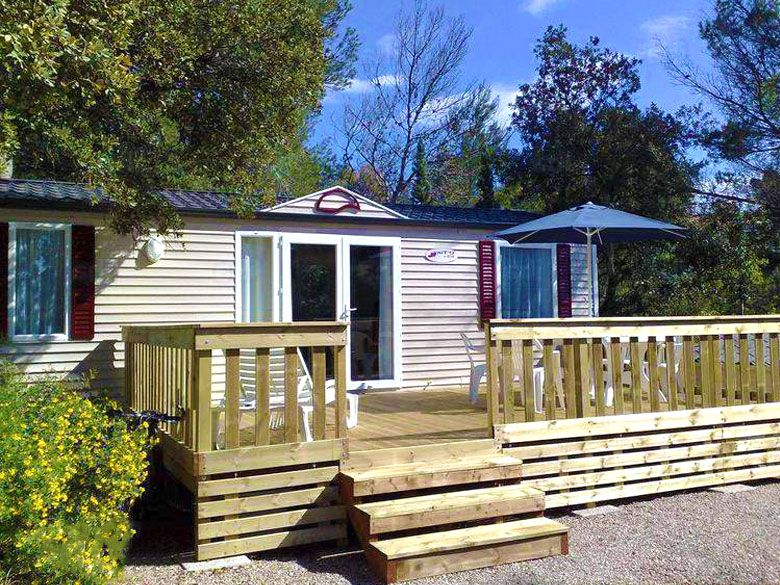
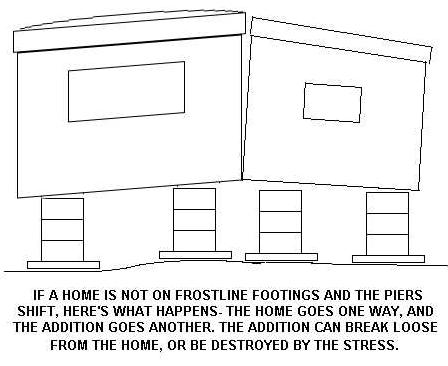
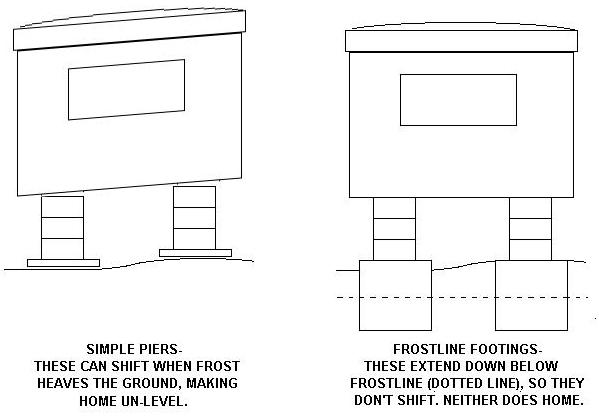
Can an older mobile home that has had a fire on one end, be cut apart to make a smaller home?
Hello Debra,
The simple answer to your questions is, yes. Can it be done, of course! But, is it worth it? That is another question altogether. We suggest you register in our mobile home repair forum and ask your question there! There you can provide more details and images so you can get some useful advice to make your decision.
I finally found this site. Yay! I have a 1979 yo trailer 14’x60′, 2 Bdrm, 1 bathrm, a 10’x14′ kitchen (Given to me free) I am really wanting to do some renovating, base corners of the trailer are rotten, window areas, doors. but the cabinets fell, can I use reg. cabinet?